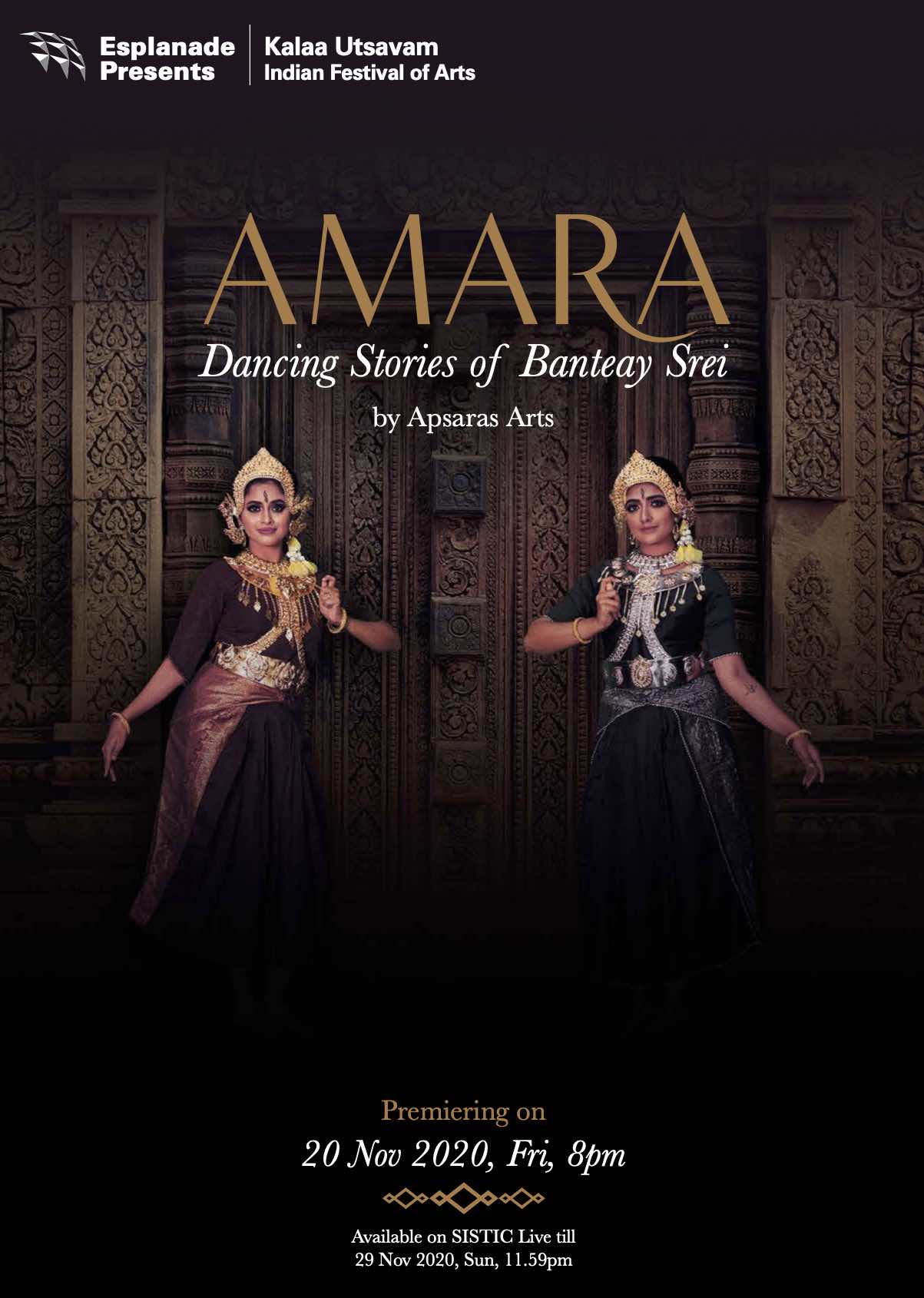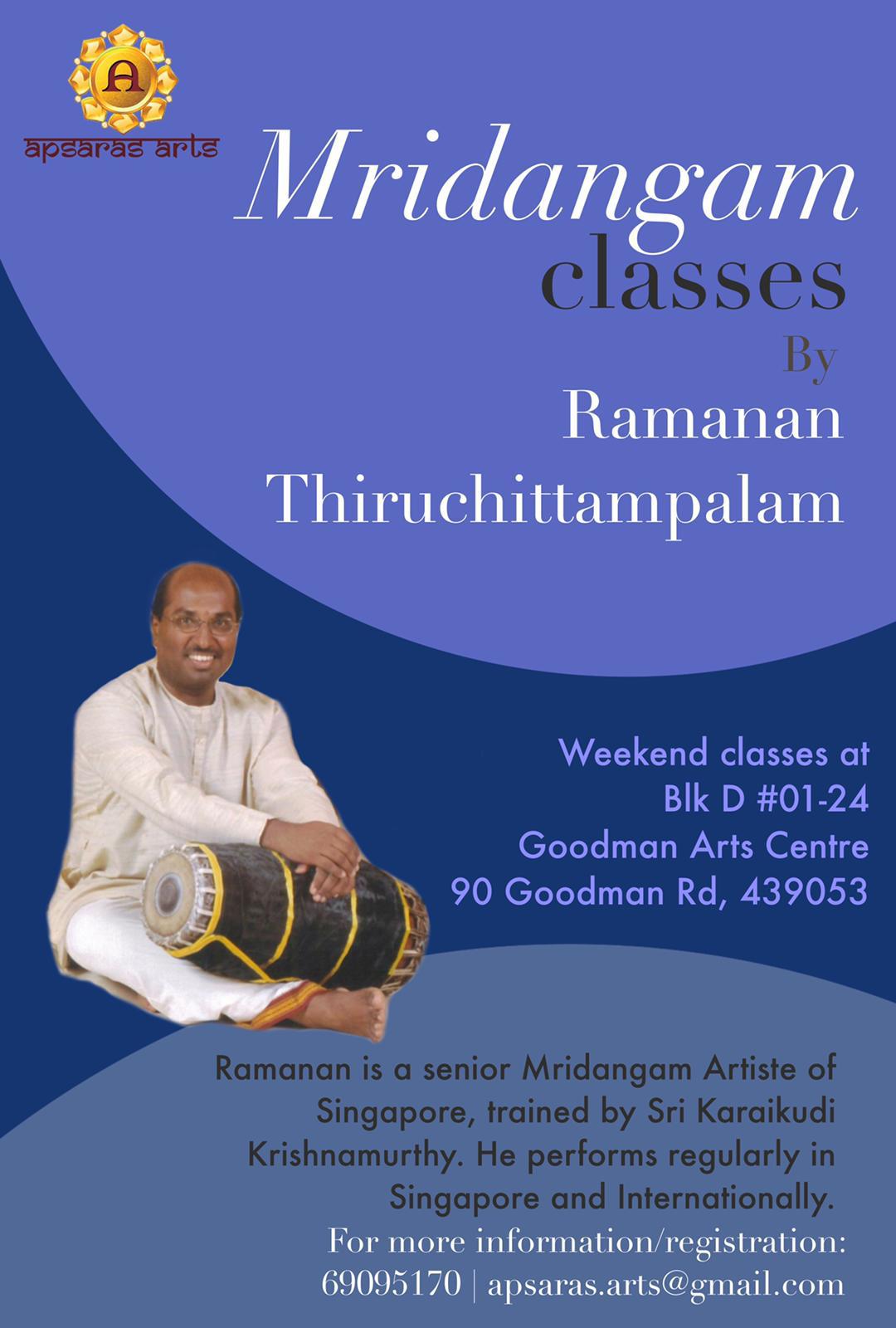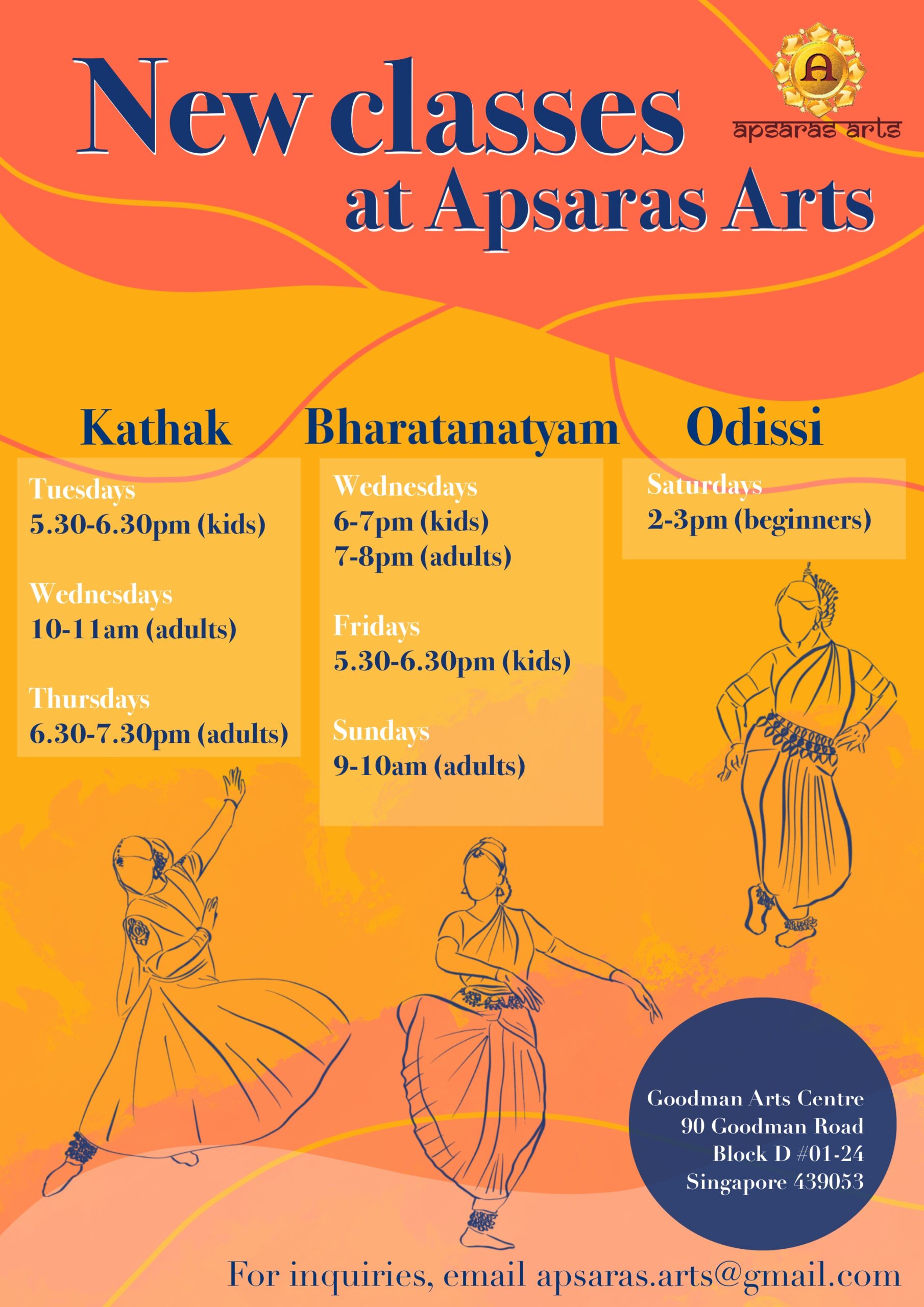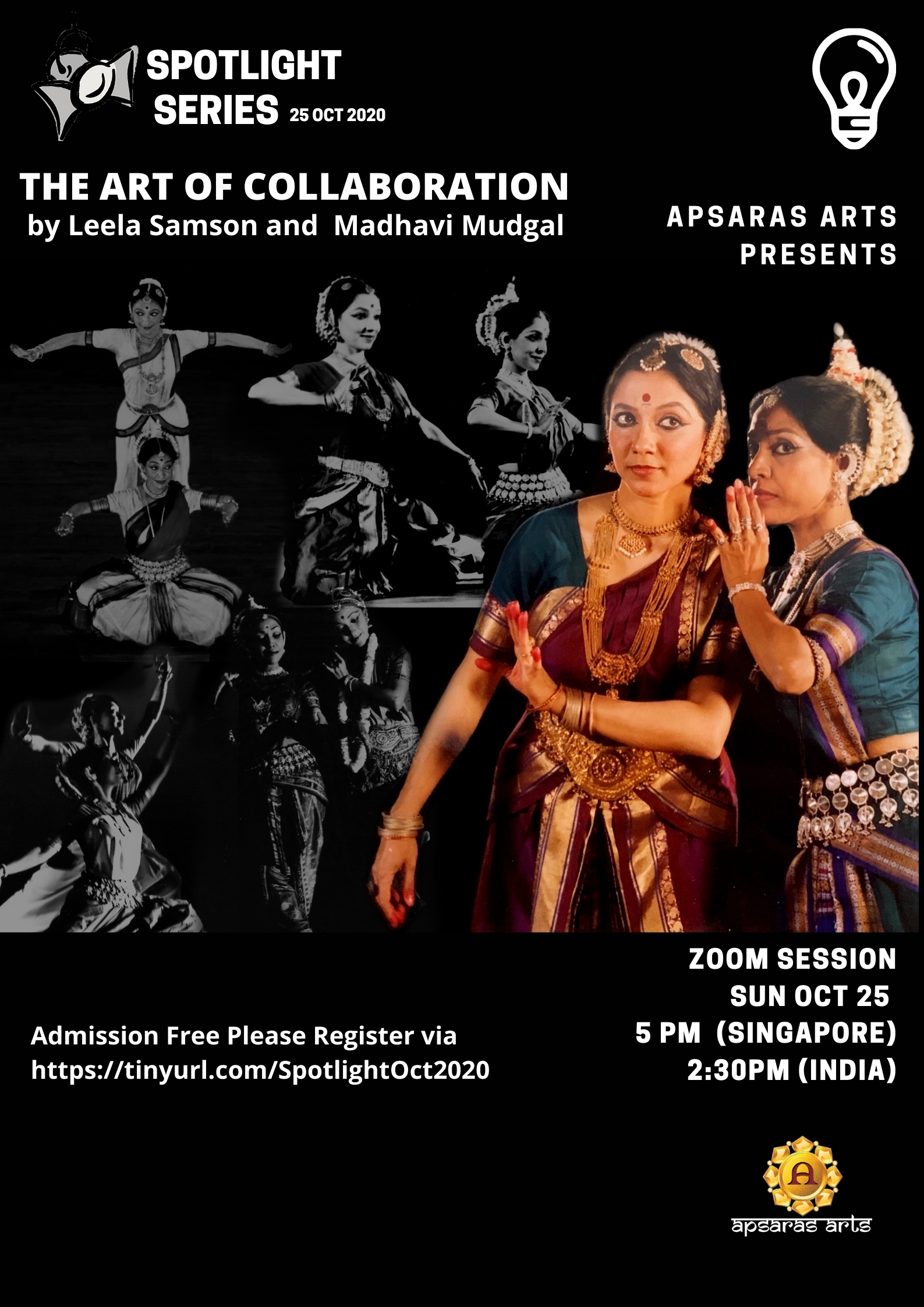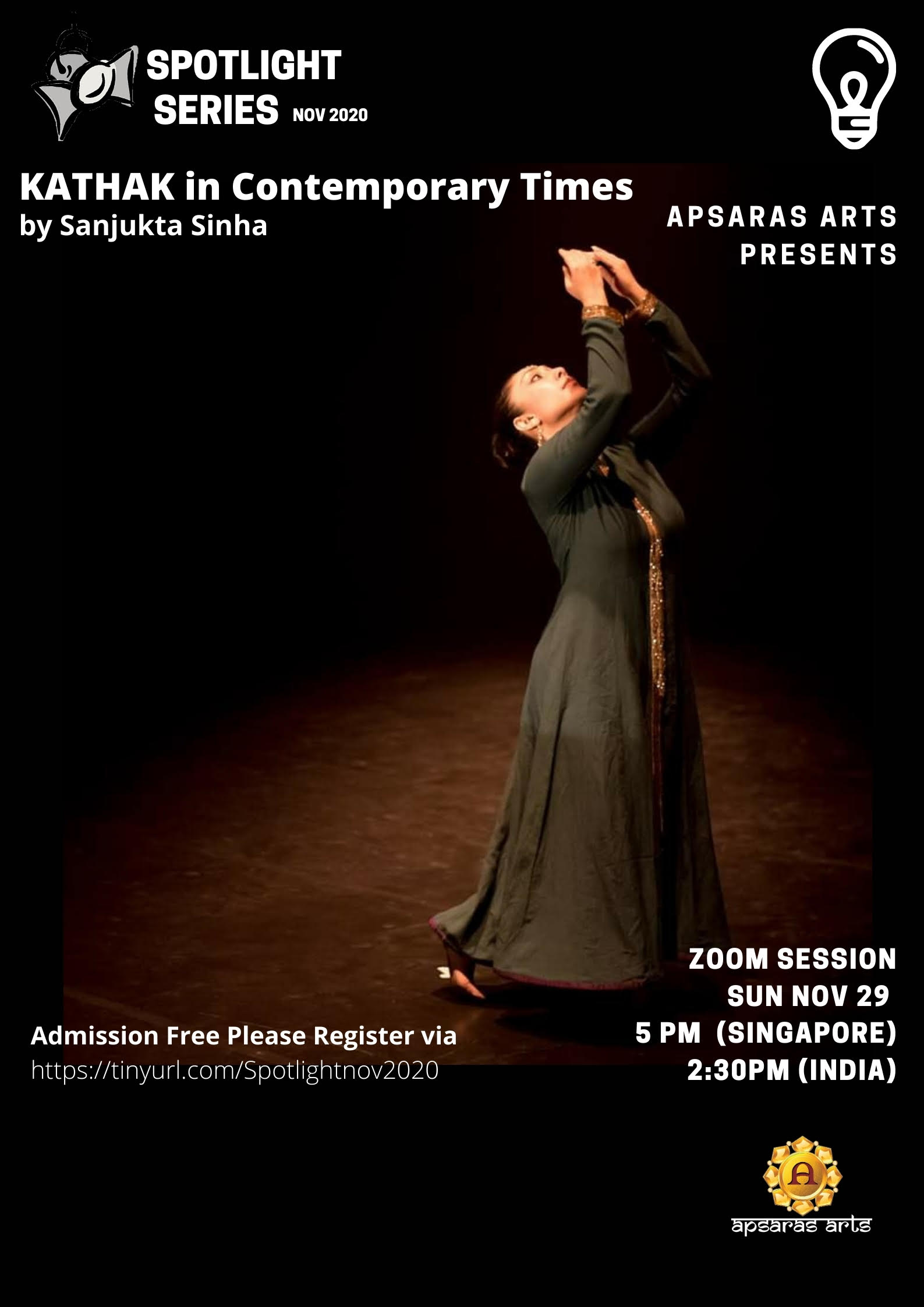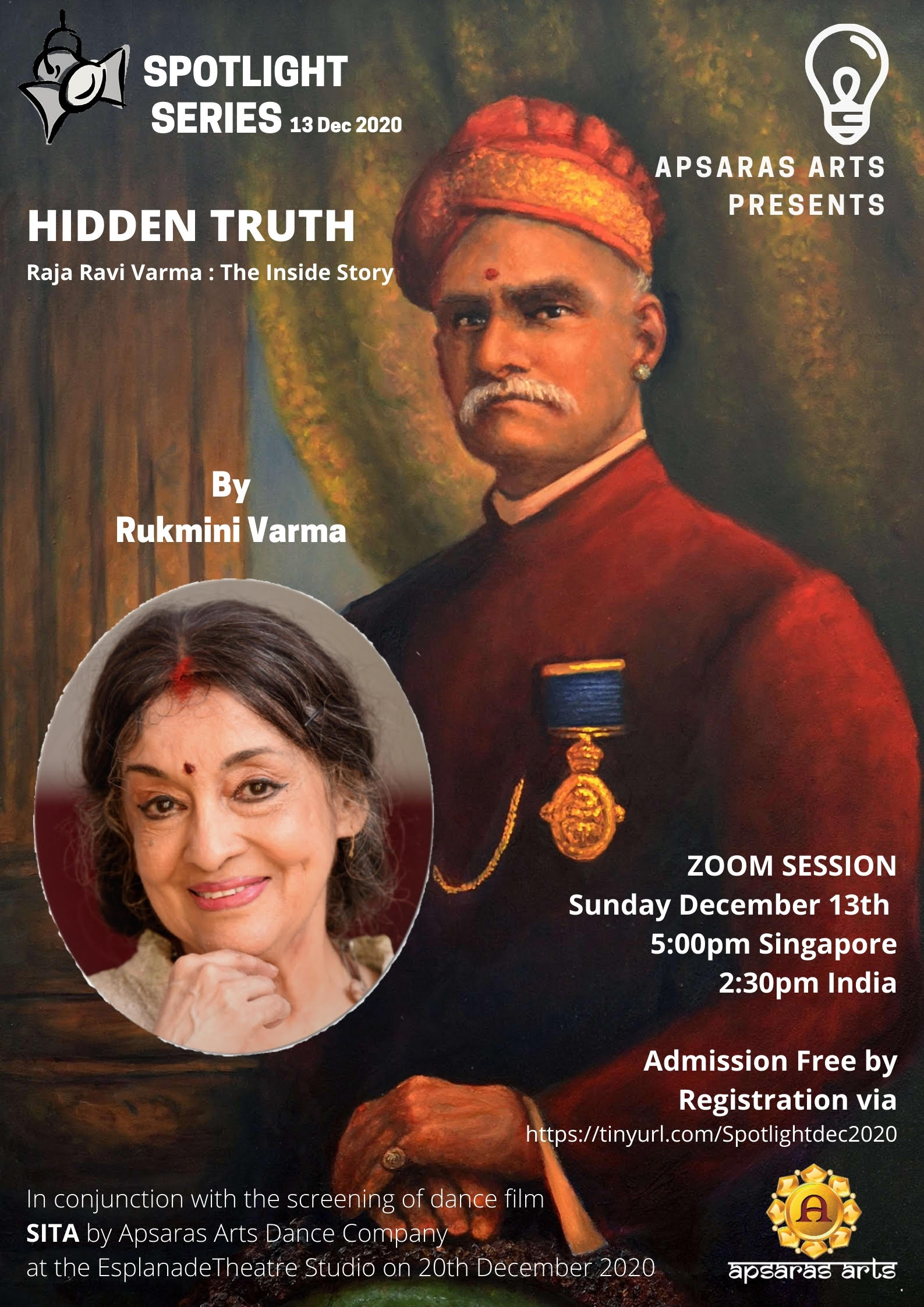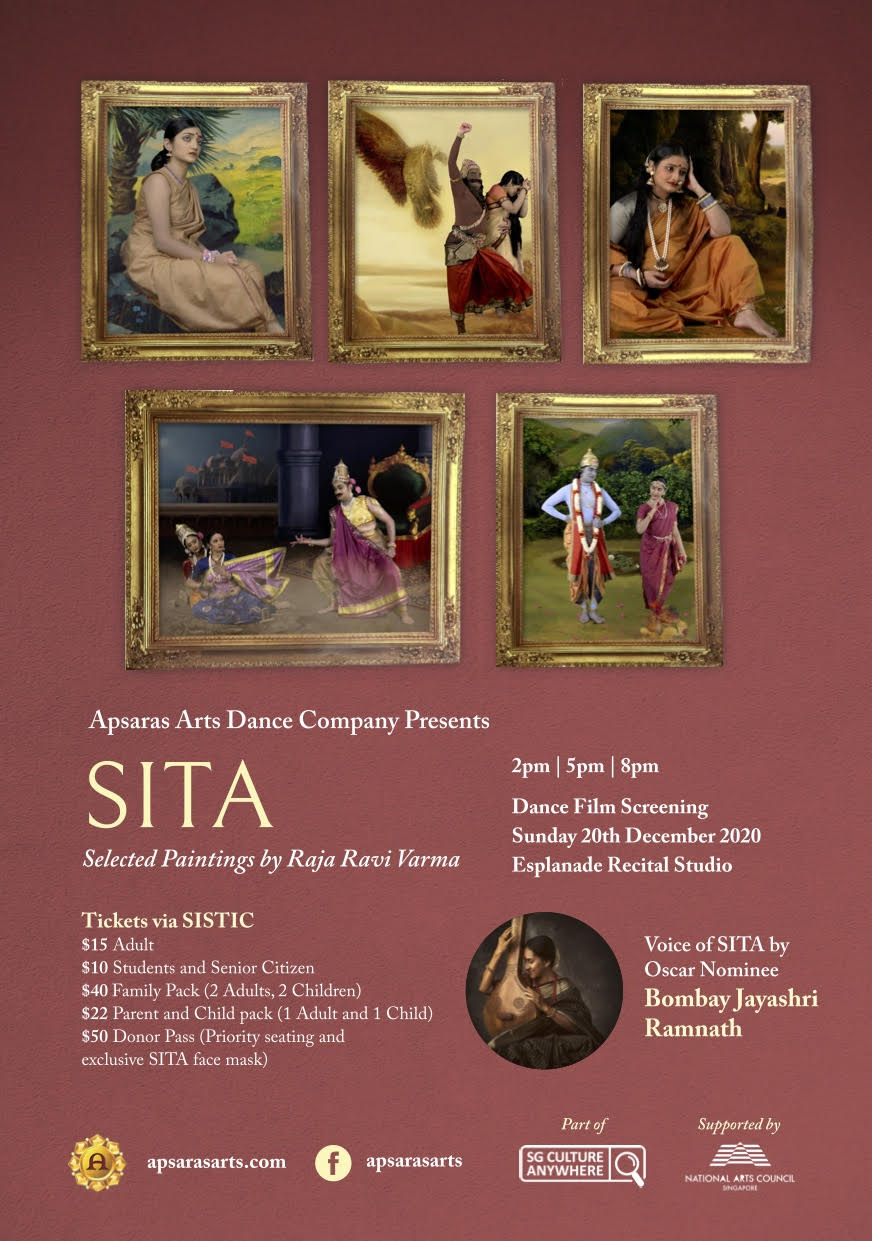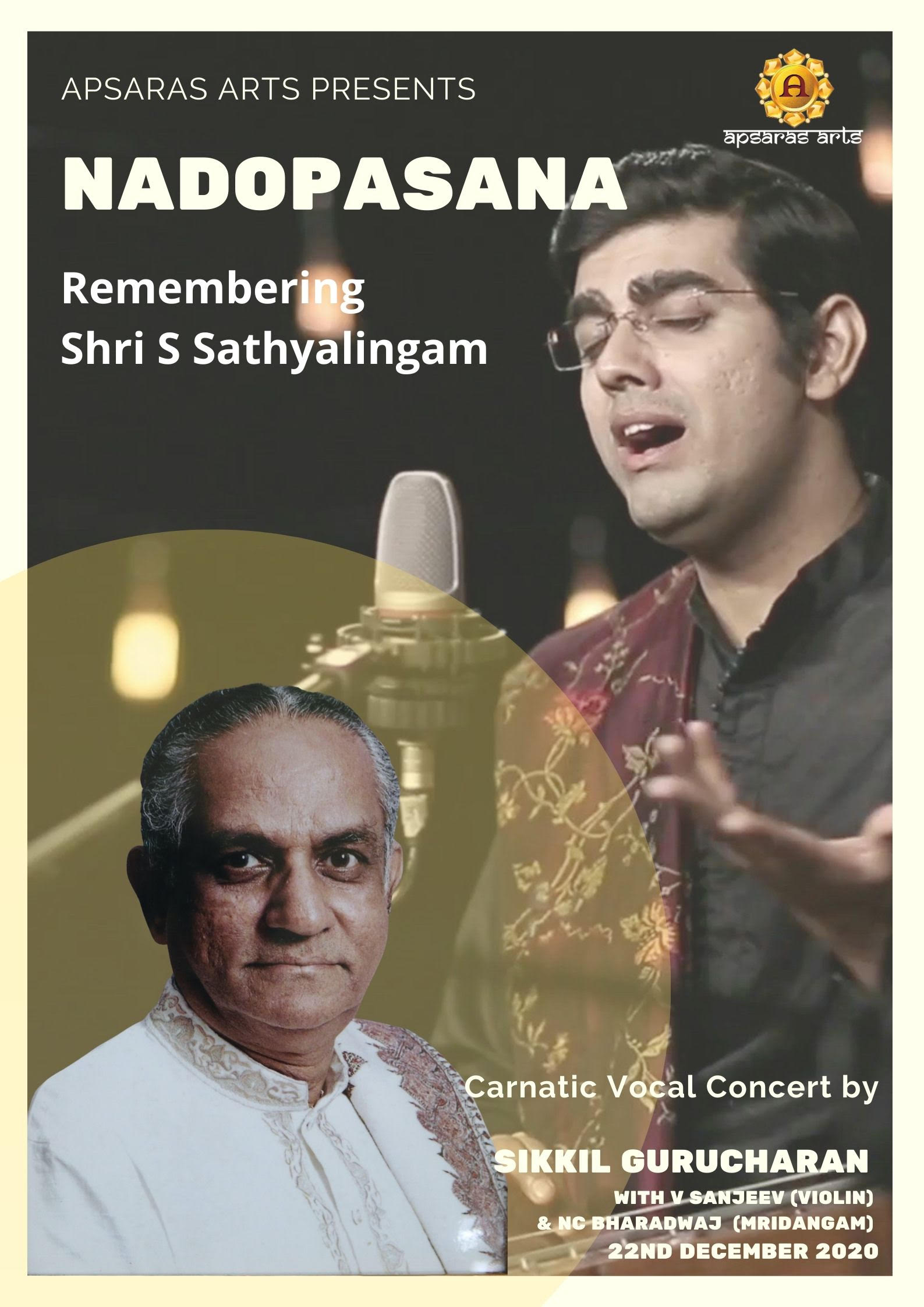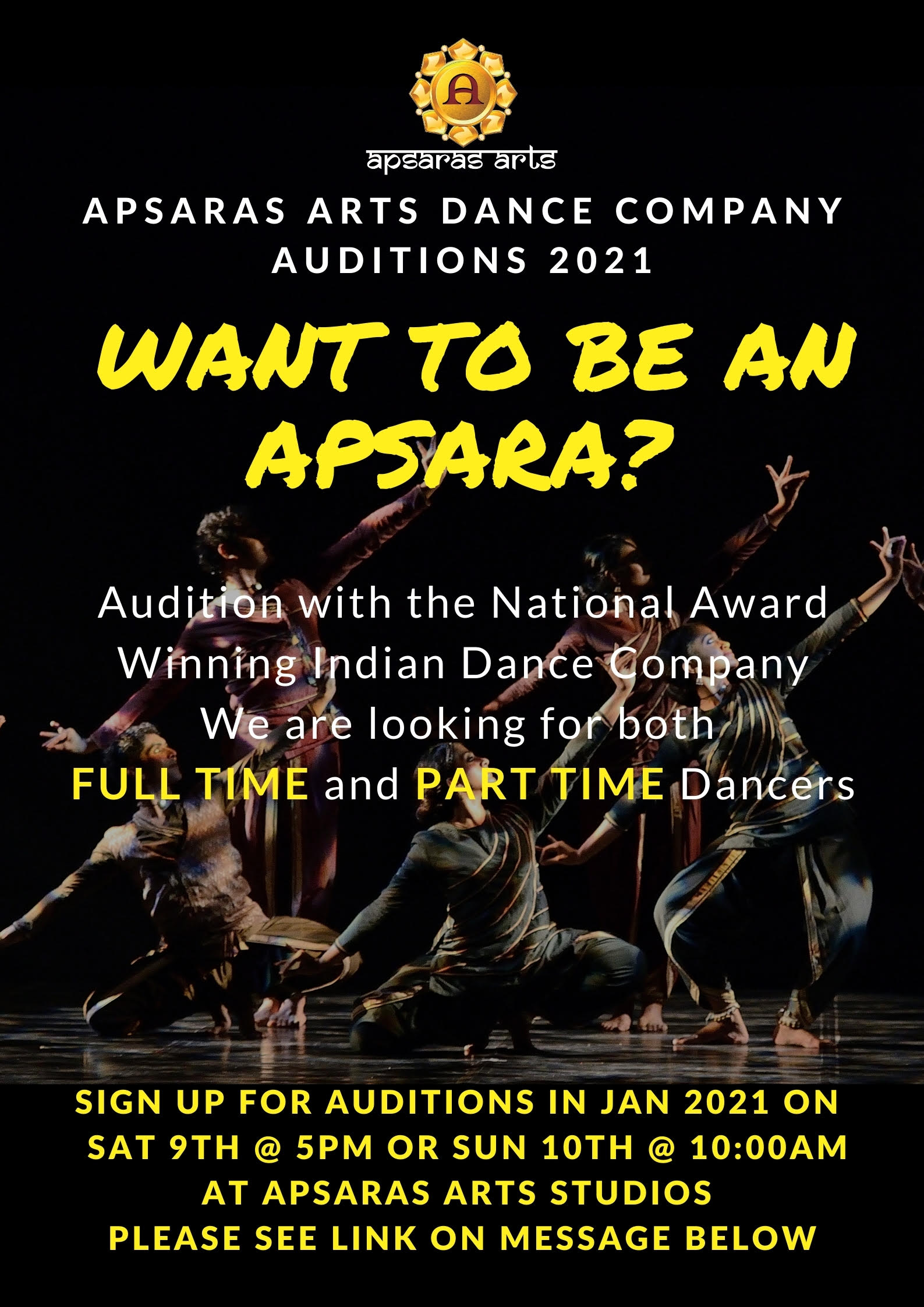COVER STORY
Privilege, possibilities and experiences… We reached out to six Bharatanatyam male artistes from across the globe and asked them a common set of questions to feel enriched with a plethora of ideas and insights on inclusivity, gender-neutrality, exploration and experimentation, research and expression and about the beauty of art and how it enables the artiste to be vulnerable in a world so frail and chaotoic
We asked a few male dancers their opinion on privilege, exploration and takeaways in the field of Bharatanatyam for them. We are very happy to share their take with you all.
Read on to know more.
Mavin Khoo
Bharatanatyam Artiste
The greatest privilege of being a male dancer in the world of Bharatanatyam and the most crucial takeaway from it?
I think for me personally, I have always been resistant to the underpinning of gendered roles in dance. So to equate notions of being male, alongside the privileges it may bring, is slightly problematic. The defining of the male dancer brings with it so many layers that I have never felt comfortable with – prescribed notions of masculinity or even worse, hyper heterosexual masculinity.
In all the performative elements required to justify the gendered role, I have always asked, where is the dance? A quick reflection of my Guru Lakshman Sir – I was performing Shringara-based Varnams in the early 90’s when male dancers were expected to dance only bhakti based works. In one performance, a senior guru approached Sir and questioned him for allowing me, as a male dancer, to dance Manavi Chekona in Sankarabharanam. Sir’s reply was, ’I don’t want him to dance like a man, I want him to Dance!’
As a male dancer have the possibilities of exploring the world of Bharatanatyam been liberating or limiting?
I have always felt that the identification of being a male dancer would be limiting to my growth and development as an artiste. The body is the strongest, visible construction on stage that reads numerous things. I wish to only Dance as a presence and energy force that is man, woman, neither, both. That is where I feel, a kind of liberation occurs; when I can be everything and nothing.
Your favourite character or piece from your repertoire that is closest to your heart, and why?
I guess Radha is a state of being that I am most familiar with. Firstly, because we are all Radha and she sits within us a spirit that is so human in her desires, her needs, her flaws. Secondly, I specifically refer to her as a state and not as a character because she is not a performed role- instead of playing Radha I try to reveal the Radha in me. Radha is Mavin, and Mavin is Radha. It is the best way that I can find the truth in ‘our’ voice.
——————Mohanapriyan Thavarajah
Bharatanatyam Artiste
The greatest privilege of being a male dancer in the world of Bharatanatyam and the most crucial takeaway from it?
Firstly the greatest privilege of being a Bharatanatyam male dancer is to have received immense encouragement and refined training so far, in my dance journey. When I left home to go to India,in my early teens, to live by myself, to chase my dance dream, I realised how privileged I am to be able to be supported by my parents and pursue what I love.
Today when my audience appreciates my art, I realise how privileged I am, to be able to be taught and guided selflessly by my teachers and mentors. It is that love for dance that has never let me look back, as I started to discover more and more in the world of Bharatanatyam. I feel my bond with Bharatanatyam became stronger and a larger part of my life, helping to develop a distinct personality, who I am today. I always wanted to accumulate and imbibe deeper knowledge not just in dance, but everything that is connected to dance.
My crucial takeaway is to have trust in everything I do, learn to appreciate what I see, be grateful for what I have and not take advantage of my body but to care for it at its best, so that I have a smooth run in my career.
As a male dancer, have the possibilities to explore the world of Bharatanatyam been liberating or limiting?
It is a notion that male dancers have limited sources because mostly Bharatanatyam compositions are based on Sringara rasa, but for me as a male Bharatanatyam dancer, exploring sources for Bharatanatyam is definitely liberating.
I have come across beautiful compositions from the vocal concerts by great artists, explaining their origin and beauty. This has inspired me to create a lot of dance compositions. I have delved into many interesting compositions of Nayanmar from the seventh century Bhakti movement and the outcome of these research has resulted in some of the best compositions to be brought on stage, which are not known to many.
Literature is another gem of sources that allows dancers to explore human emotions which is common for all of us. Modern day poets have different approaches in their composition and that is something to consider. After all it is one’s creativity and ability to be able to give life to a composition, with the right intent and conviction, so that it can be as enjoyable to spectators as well for the dancer.
In my approach, I study a composition thoroughly, right from the lyrics to the subjective nuances, like intention of the words and meaning, the stories, the situations and the composer’s approach. This thorough study allows me to give perspectives, when I want to choreograph and perform it for my audiences. Interestingly this process has led me to discover lesser known contents from what we have in the form of texts.
Your favourite character or piece from your repertoire that is closest to your heart, and Why?
I love the compositions which have a sense of wittiness (Hasya rasa) like Nindastuti. I feel the nature of these compositions eases the state of the audience from formal setting to slightly informal setting. As you laugh your audience also laughs. On the other hand your wit is accepted and you are content that your idea has transformed.
It is quite hard to bring laughter to someone’s face. It takes a lot of conviction to do that. That’s why today in the world we hav e less comedy actors compared to the super heros on screen. People love comedy movies, shows and dramas. Hence I like to laugh and try to make my audience laugh too.
———————-Parshwanath Upadhye
Bharatanatyam Artiste
The greatest privilege of being a male dancer in the world of Bharatanatyam and the most crucial takeaway from it?
In a society where being a man and being vulnerable don’t go hand in hand, dance became a tool for me to explore my creativity without any restrictions of modern society.
As a male dancer, have the possibilities to explore the world of Bharatanatyam been liberating or limiting?
It has always been liberating. Art is indeed always liberating; it is the artists who limit themselves.
Your favourite character or piece from your repertoire that is closest to your heart, and why?
Rama. He may not be perfect, he may not have had the best of life. But how many of us have the strength of not breaking down even after a series of obstacles in life.
————————–Praveen Kumar
Bharatanatyam Artiste
The greatest privilege of being a male dancer in the world of Bharatanatyam and the most crucial takeaway from it?
The greatest privilege is that I am a Bharatanatyam artiste. Honestly I have never looked at it as a gender-based art form. Because, throughout my upbringing at home and my association with my dance gurus, dance was enjoyable and it was always about being responsible, when one is an artiste. So I feel all of us should celebrate that we are all looked at as ‘someone special’ by society. The attention, adulation we all get is unique. Of course, the debate with regard to privilege and about Bharatanatyam being a gender-based art form existed before and will continue to do so. But when we look at things closely, the earliest of dancers, gurus, choreographers, scholars, critics, historians, have all been men who have nurtured the arts, and in turn, have been nurtured by it. So the perks have already been laid and paid from before. So generations of ours are in a way, enjoying the foundation which our ancestors have built for us.
As a male dancer, have the possibilities to explore the world of Bharatanatyam been liberating or limiting?
Very liberating for me!
It is a form of meditation, where you are channelizing what is in your mind into your body, thus making it a freeing experience. So once it is done, it is over.
I think dancers have to to make it genderless dance, then only one can liberate oneself both professionally and personally, with creativity, and that space opens up for you to explore and go deeper. I feel it is a special experience not only for artistes, but also for rasikas because the collective experience of being ‘thoughtful’ will give both a moving and a transformative experience.
Doesn’t dance make us feel happy? Yes it does, I love the sweat when I dance; that itself makes me so liberated.
Your favourite character or piece from your repertoire that is closest to your heart, and why?
Well, this keeps changing as and when, depending on our moods, growth as an artist, as we mature, as we explore and get deeper. At one point of time, I just loved fast- paced compositions or when it came to abhinaya, I always thought that ‘a particular’ character has more shades to express.
But like I said, as I read, hear and based on my observations over the years, all these have changed my perspective. I am right now just enjoying the phase, where I would like to explore unknown subjects, which I have never tackled or delved into.
———————–Sathya Narayana Raju
Bharatanatyam Artiste
The greatest privilege of being a male dancer in the world of Bharatanatyam and the most crucial takeaway from it?
Being a Bharatanatyam male dancer is already a privilege in itself. I say this, not as the competition is less or that male Bharatanatyam dancers are a minority community, but more so because it gives me an innate strength to present various characters, male and female convincingly, while also being able to manifest strong movement weaved with grace. I also find it engaging for the audiences, when I cover space to enhance drama or pure technique. Moreover many great acharyas and gurus in Bharatanatyam or other classical forms, have been male.
It only makes me happy that I am able to sustain myself through the art, as the art is really beyond gender. And so the most important takeaway for me is that it is not about size, gender, generation, or other diversity factors; it is about the excellence in tradition and art which stems from many years of relentless toil.
As a male dancer have the possibilities of exploring the world of Bharatanatyam been liberating or limiting?
This question is slowly losing relevance in today’s world. It is more about exploring, experimenting, pursuing and succeeding.
In the path that one chooses, it could be Bharatanatyam, any other art form or even a mundane professional career. The question should be ‘is one being limited today to choose their path of preference, to be liberated?’ Liberation is a state of mind which is experienced only if one is doing what they are best at, and I fought for my choices and am enjoying my freedom. Limitations could exist in any profession; however liberation can be experienced only by those who fight it. For me, it surely has been liberating and I would make all the same choices, if given another opportunity. Liberating for me because I have the freedom to express, to emote, to let go and more importantly be myself on and off the stage.
Your favourite character or piece from your repertoire that is closest to your heart, and why?
I would pick favourite characters, not just one. For instance there are Draupadi, Sita, Shabari and Shurphanaka. Each of them is known for their power, determination, strength, endurance, their conviction and devotion. Each of them is a rare combination of shakti and bhakti, in their own rights.
Depicting these characters enables me to understand and flow through a continuum of emotions, the highs and lows of the complex human behaviour. And how they stood tall due to their virtue of patience. Each and every time I live these characters on stage, it nurtures my awareness of how much more one can achieve with simple values and virtues.
———————–Sheejith Krishna
Bharatanatyam Artiste
The greatest privilege of being a male dancer in the world of Bharatanatyam and the most crucial takeaway from it?
In this day and age, it is my honest belief that gender does not define challenges or aspirations in our chosen field. I believe Natyam is gender-neutral and hence I am just a ‘dancer’.
My greatest takeaway from this art comes in the form of a beautiful and inclusive language. A language that allows me to communicate my beliefs and my desire for a better world. Importantly, a language which helps me speak to myself.
As a male dancer, have the possibilities to explore the world of Bharatanatyam been liberating or limiting?
Having shared my gender-neutral stance on being a dancer, I stand by the thought that one only needs to persevere honestly, to explore possibilities in the world of Bharatanatyam. Gender does not, today, play a role in the opportunities we find. And when Natyam is experienced in that truly “liberated” sense it imbues us with the richness of experiences much beyond what we could feel as individuals. As a dancer I feel more expansive, whole and limitless. That is the essence of art and its practice.
Your favourite character or piece from your repertoire that is closest to your heart, and Why?
I have played many characters or compositions both in dance dramas and in repertoire. At Kalakshetra, I played the roles of Rama to Ravana, Kuchela to Arjuna and many more. It is hard to describe which is my favourite.
Any character, mythical or puranic is a mere name in my mind, until it is embellished with values or gunas. It is the association of these qualities that make each character special and meaningful. Any character or story, thus experienced, is infact the truest experience of divinity in our mortal body.
More importantly, Godliness is what is important for me in characters we normally do. That I experience nature, friendship, from an unknown person in a difficult situation and that experience is all about the true spirit of God. So I try to create that in my choreography for the human to feel what is important or to know what God means for us.
Art helps me to create that true spirit within and helps me to share also.
Cover story
COVER STORY Three costume designers Lakshmi Srinath, Sandhya Raman and Mohanapriyan Thavarajah from Chennai, Delhi and Singapore respectively, share their process, insights and views on designing and creating costume for dance and dancers Lakshmi Srinath “My interest in costume grew organically as a result of my passion and career as a visual artist” “My interest ... Read more
Aug 18, 2023
Read More >Cover story
COVER STORY Into the Music of Dance Our Cover story this edition features three musicians and music composers for dance from India, who share their experiences of making music for dance SUDHA RAGHURAMAN Carnatic Vocalist, Composer and Music Arranger What is that characteristic aspect that differentiates composing music for dance and composing music in general? ... Read more
Jun 1, 2023
Read More >Cover story
COVER STORY Master Weaver of Magic Raising a toast to Aravinth Kumarasamy, Artistic Director of Apsaras Arts, as he receives one of the most prestigious accolades for arts practitioners in Singapore – the Cultural Medallion… In the first week of December, Apsaras Arts Artistic Director Aravinth Kumarasamy, the man who needs no introduction to the ... Read more
Feb 16, 2023
Read More >Cover Story
Cover Story Dance of the Camera What happens when dance is on film? Do things shift for the artiste and choreographer when they are being seen through the camera’s eye? How do they negotiate this medium to create a work-of-art that is authentic to the dance and to cinema? Three senior Bharatanatyam artitses – Aravinth ... Read more
Oct 31, 2022
Read More >Cover story
COVER STORY Let’s Talk Conservation Two young and talented Bharatanatyam artistes, Mahathi Kannan and Manasvini Ramachandran, share their interest, journey in working with the tangible and intangible in the arts… An interview Qus : What has been your fascination with the idea of heritage? When did you know that you wanted to study it formally ... Read more
Jun 24, 2022
Read More >Vision for Dance 2022
Vision for Dance 2022 A straight-from-the-heart response from dancers and curators on their vision for dance Rama Vaidyanathan Bharatanatyam exponent “My vision for dance this year is to bring it back to stage; in front of a live audience. I am also hoping that when dance returns full-fledged to stage, it is enriched and nuanced, ... Read more
Mar 8, 2022
Read More >National Award for Apsaras Arts Dance Company
Presented by National Heritage Board of Singapore on 10th December 2020 Acceptance speech by Aravinth Kumarasamy, Artistic Director of Apsaras Arts Dance Company. “Dear Guest of Honour, Minister of Culture, Community and Youth, Mr. Edwin Tong, Ms. Yeoh Chee Yan, Chairman of NHB, and Ms. Chang Hwee Nee, CEO of NHB. Good afternoon. Receiving this ... Read more
Dec 30, 2020
Read More >AMARA – Making the Impossible Possible
Special Feature by Mohanapriyan Thavarajah “From the forest of his matted locks, water flows and wets his neck, on which hangs the divine snake like a garland, and his drum incessantly plays damat, damat, damat, damat.” Thus, Shiva is engaged in a very vigorous Tandava dance, to bless and shower, prosperity on the entire universe. ... Read more
Nov 17, 2020
Read More >Dancing the Stories of Banteay Srei
AMARA: Dancing the Stories of Banteay Srei Inspired by the legends and the stories carved in its bas reliefs of the enchanting temple of Banteay Srei, this dance production brings to life the female divine Yoginis of the temple, which was once called the “citadel for women.” Apsaras Arts Dance Company is proud to present ... Read more
Oct 21, 2020
Read More >Odissi Dance Exchange: ODE by ETHOS
Over the months of May to July, Soumee De, Odissi faculty of Apsaras Arts, curated a series of webcast session for dance students, performers and teachers by inviting scholars, researchers and experts to share their practice, knowledge and experiences over an interactive dialogue. Over 10 episodes on Friday evenings, this series featured eminent speakers on ... Read more
Jul 20, 2020
Read More >Subscribe to our newsletter
to keep up to date with all our shows, performance tours, workshops & opportunities.
Individual Devata Sponsors
Address: Block D #01-24 90 Goodman Road Singapore 439053 | Email: apsaras.arts@gmail.com
© 2018 Apsaras Arts Indian Premier Dance Company. All Rights Reserved.























